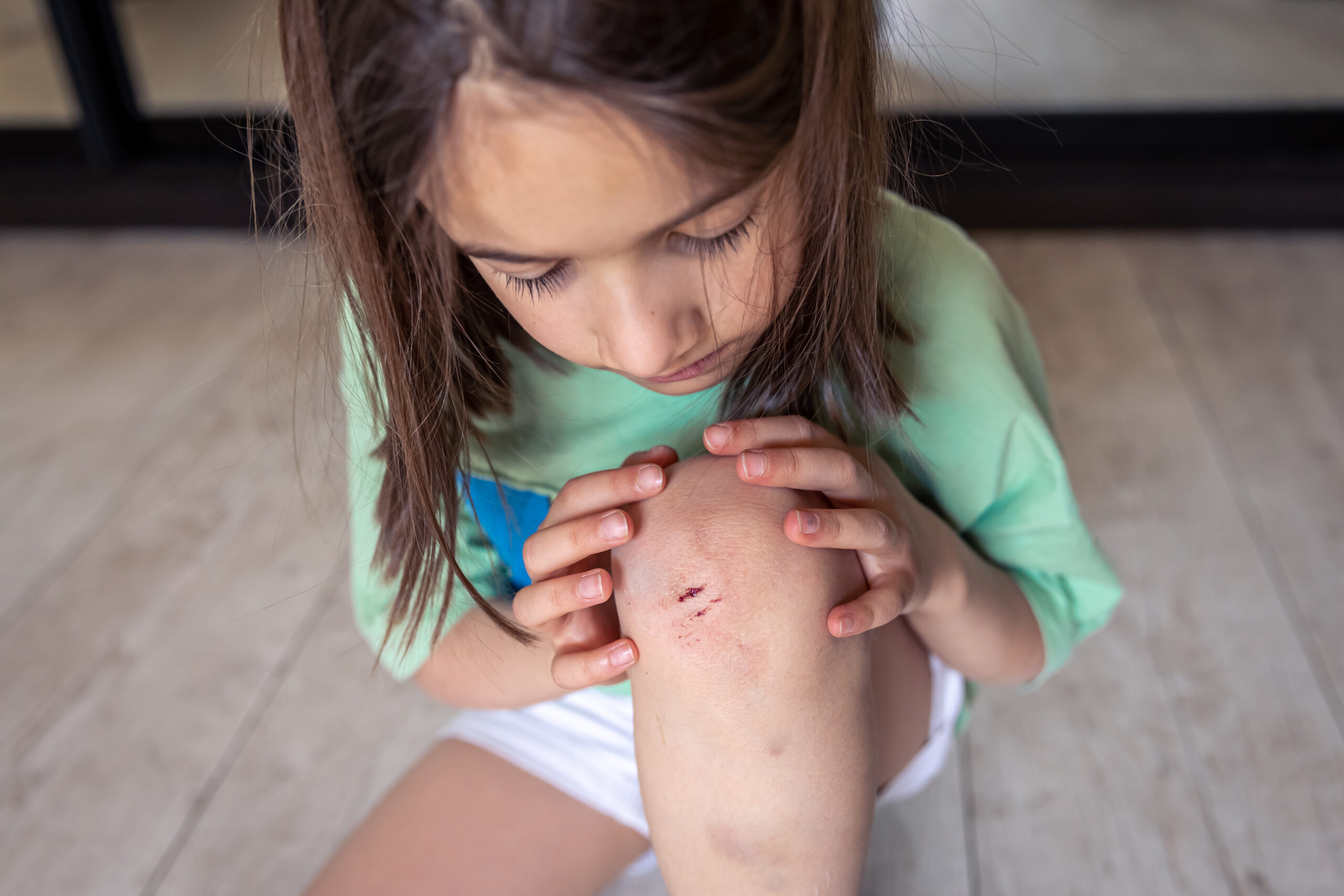How to Manage Licking Behavior in Children with Autism
Licking behavior in children, especially those with autism, can be perplexing and challenging to address. This behavior is often categorized as repetitive or sensory seeking, and it may involve licking objects, surfaces, or even themselves. While it might seem unusual to some, it’s important to recognize that this behavior can serve a specific purpose for the child. In this article, we will delve into the characteristics of licking behavior, offer insights into its possible functions, and provide practical strategies for managing and redirecting this behavior in a supportive and effective manner.
Understanding Licking Behavior: A Sensory Perspective
Licking behavior in children with autism can be rooted in sensory seeking tendencies. Children with autism may engage in licking as a way to seek sensory input that helps them process and regulate their experiences. This oral sensory stimulation could contribute to their sense of security and calmness, especially in overwhelming or stressful situations.
Strategies to Manage Licking Behavior:
1. Functional Behavior Assessment: Uncover the Purpose
Before implementing any interventions, it’s crucial to gather data and understand the fundamental function of the licking behavior. Is the child using licking as a sensory need, for attention-seeking, to escape certain situations, or to access specific objects? Conducting a Functional Behavior Assessment (FBA) can help identify the underlying reasons behind the behavior, providing insights into how best to address it.
2. Teach Replacement Behaviors: Providing Alternatives
Once the function of the licking behavior is determined, focus on teaching the child alternative, socially appropriate behaviors that serve the same purpose. For instance, if licking is primarily sensory seeking, introduce alternative sensory activities such as chewing gum or using chewy toys. These substitutes can help fulfill the child’s sensory needs while redirecting them away from licking.
3. Visual Supports and Social Stories: Setting Expectations
Visual supports, like picture schedules and social stories, can help the child understand appropriate behaviors and where they are acceptable. These tools provide a clear visual guide to expected behaviors and can aid in reducing the occurrence of licking behavior.
4. Reinforcement and Reward Systems: Encouraging Positive Change
Implement a reinforcement system to motivate the child to engage in more appropriate behaviors. Praise and reward the child when they refrain from licking objects or themselves and opt for alternative activities. Positive reinforcement can encourage the child to make the switch to more acceptable behaviors.
5. Sensory-Friendly Environment: Creating Comfort
Designing a sensory-friendly environment and offering sensory breaks can significantly aid children, particularly those with autism, in regulating their sensory experiences. Providing options for oral stimulation, such as chewy toys or gum, can offer a healthier outlet for the child’s sensory needs.
6. Environmental Modifications: Minimize Triggers
Evaluate the child’s environment and make adjustments to minimize triggers for licking behavior. Remove frequently licked objects or provide suitable alternatives for interaction. By changing the environment, you can proactively reduce the opportunities for engaging in the unwanted behavior.
Conclusion: A Holistic Approach
Licking behavior in children with autism, while unique, is often rooted in sensory seeking or regulatory needs. Every child is different, and understanding the individual functions behind the behavior is essential for crafting effective interventions. Collaborating with healthcare professionals or behavior specialists, who can provide tailored assessment and guidance, is crucial for the child’s overall development and well-being. By implementing a combination of strategies and offering alternatives, we can support children with autism in managing their sensory experiences and fostering healthier behaviors.
Also read: How to Manage PICA Disorder in Children with Autism
About Olga Sirbu
My name is Olga Sirbu, I am a Board Certified Behavior Analyst (BCBA) and Licensed Applied Behavioral Analyst. My goal is to support and empower families and individuals on the autism spectrum.
Autism Advance is dedicated to training parents and caregivers, providing practical tips, and teaching individuals how to educate kids with autism.
I share evidence-based practices to help you better understand and support individuals with autism. Learn practical strategies to help individuals with autism reach their full potential, as well as gain a deeper understanding and acceptance of autism.
Thank you for considering Autism Advance as a resource for your autism journey.








